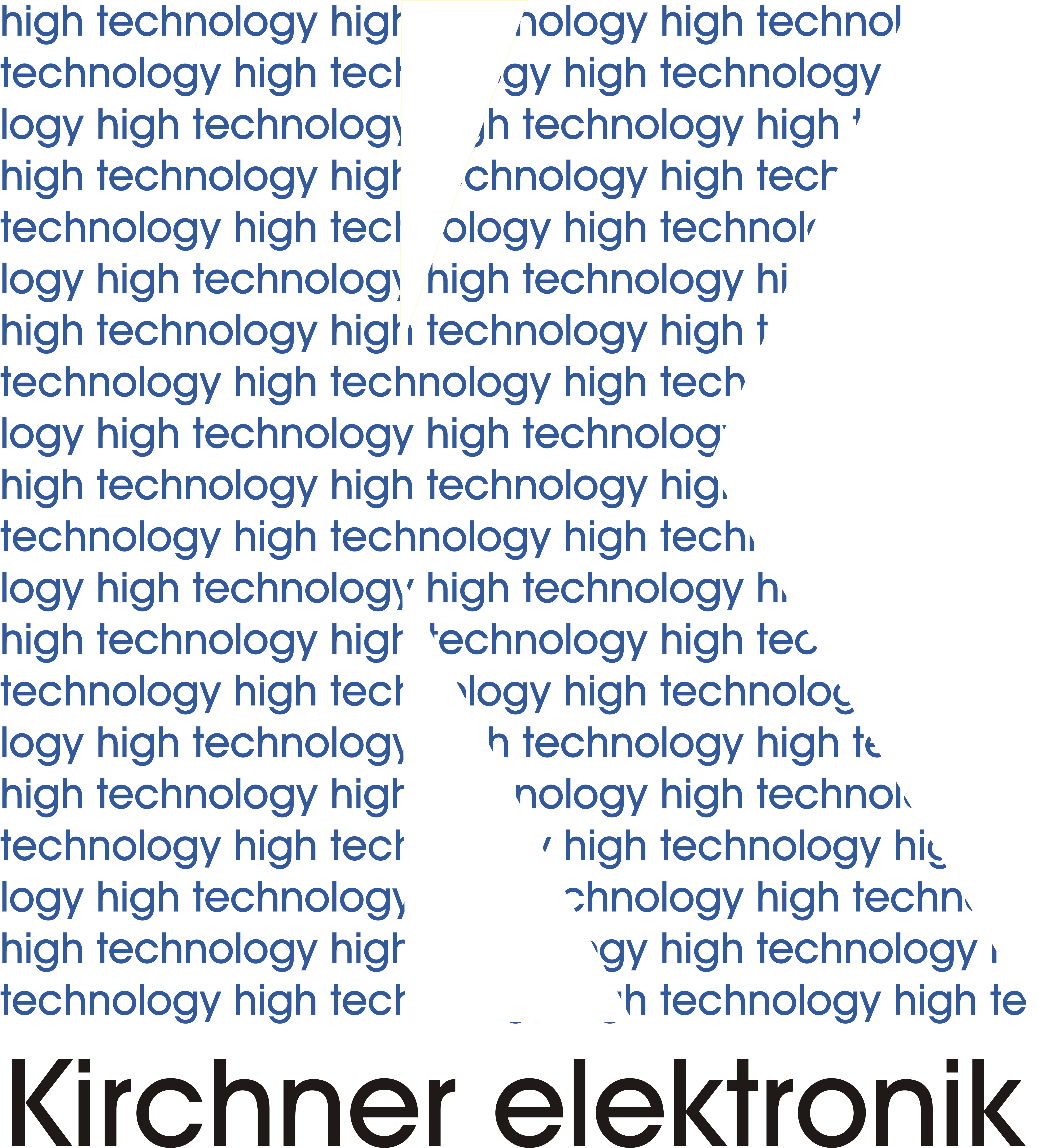ATB QC Quality Control Program
The ATB Quality Control program has been used for 18 years all over the world. In the production of speaker, headphone, microphone, soundbox, PC, tablet and smartphone the quality is tested with the program and the Audio analyser ATB 805 USB.

Here are the specifications of the new version:
• The program works with the Audio Analyser ATB 804
• The program includes the comfortable ATB 804 PC program
• Setting of the definition without script, there is no need of learning to program
• Tolerance field is easy to set automatically or with the mouse
• Rub&Buzz is tested with the signal 13 to get a nonlinear distortion measurement
• Surrounded noise does not disturb the Rub&Buzz measurement because of the
Q-Index calculation
• Distortion, THD
• Polarity Test
The test systems consist of the ATB QC program, the PC and the ATB 805 Audo Analyzer with USB. The speaker and the measurement microphone are directly connected to the box.
There are several measurements in the test cycle. For the automatically passed or failed decision, each measurement has its own tolerance mask. One test cycle can include up to four measurements. These are the acoustic or electrical frequency response and three Rub&Buzz measurements for woofer, mid and tweeter. The frequency response is tested with the M-PN stimulus. For the automatically and manual setting of the tolerance mask there is no need of an uncomfortable script.
The Rub&Buzz measurement tests the distortion and noise of the speaker. The stimulus for measurement is the signal 13. The Signal 13 is a combination of two sine waves with the frequency ratio of 1:1,3. This ratio makes that the signal is very good for the test of resonance. The signal also avoids the main problem of the acoustic Rub&Buzz measurement. It is the surrounding noise that normally disturbs the measurement. For the passed and failed decision there is the Q-index. The Q-Index includes all distortion and noise of the speaker. For reporting and documentation the program writes a protocol file.
- Frequency response

The frequency response is tested with the M-PN signal. The measurement with this periodic noise gives the highest accuracy. The tolerance mask can be set automatically or manually.
The picture shows the impedance test of a The picture shows the frequency response speaker for the test of the Thiele-Small parameter test of a speaker For the definition of the tolerance mask the frequency range and the upper and lower tolerance curve is set in. For the automatic setting the program calculates the tolerance curves. This tolerance mask is for the electrical measurement. For the manual setting the tolerance curves are set with a mouse click. This tolerance mask is for the acoustic measurement.
2. Rub&Buzz measurement

The Rub&Buzz is tested with the signal 13. The signal 13 consists of two sine-sweeps with the frequency ratio of 1 : 1.3. This signal is showing all resonances of the unit under test.
For the passed and failed decision the Q-Index is calculated. The index is calculated from all frequencies higher than the second frequency of the test signal 13. The account is set into proportion to the amplitude of the test signal. The best speaker has the highest Q-index.
The Rub&Buzz measurement has following tests.
Calculation of:
1. THD, K2,………K10
2. IMD
3. Frequencies > K5
Error:
1. The test is for the controlling of the placement of the voice coil.
2. The test is for the controlling the gluing, loose particle and if there are cone touching of connection wires.
3. The test is for the controlling of voice coil rubbing the magnet.
3. Distortion THD Test

The THD test tests the harmonic distortion. The test signal is a sine wave with frequency to select. Because this test is included in the Rub&Buzz test it is only for the special demand of the manufacturer. In the definition there is to set the maximum THD and the frequency.
4. Polarity Test
![]()
The polarity test is for testing the wiring. It is for speakers, headphones and microphones. The test signal is a half sine wave. In the time response the program calculates if the positive or negative amplitude is the greatest value.
Software
The ATB QC is for Windows XP, Vista, 7 32bit
Windows 7 32bit Starter for notebook is our favourite.
For more informations you can download the manual
